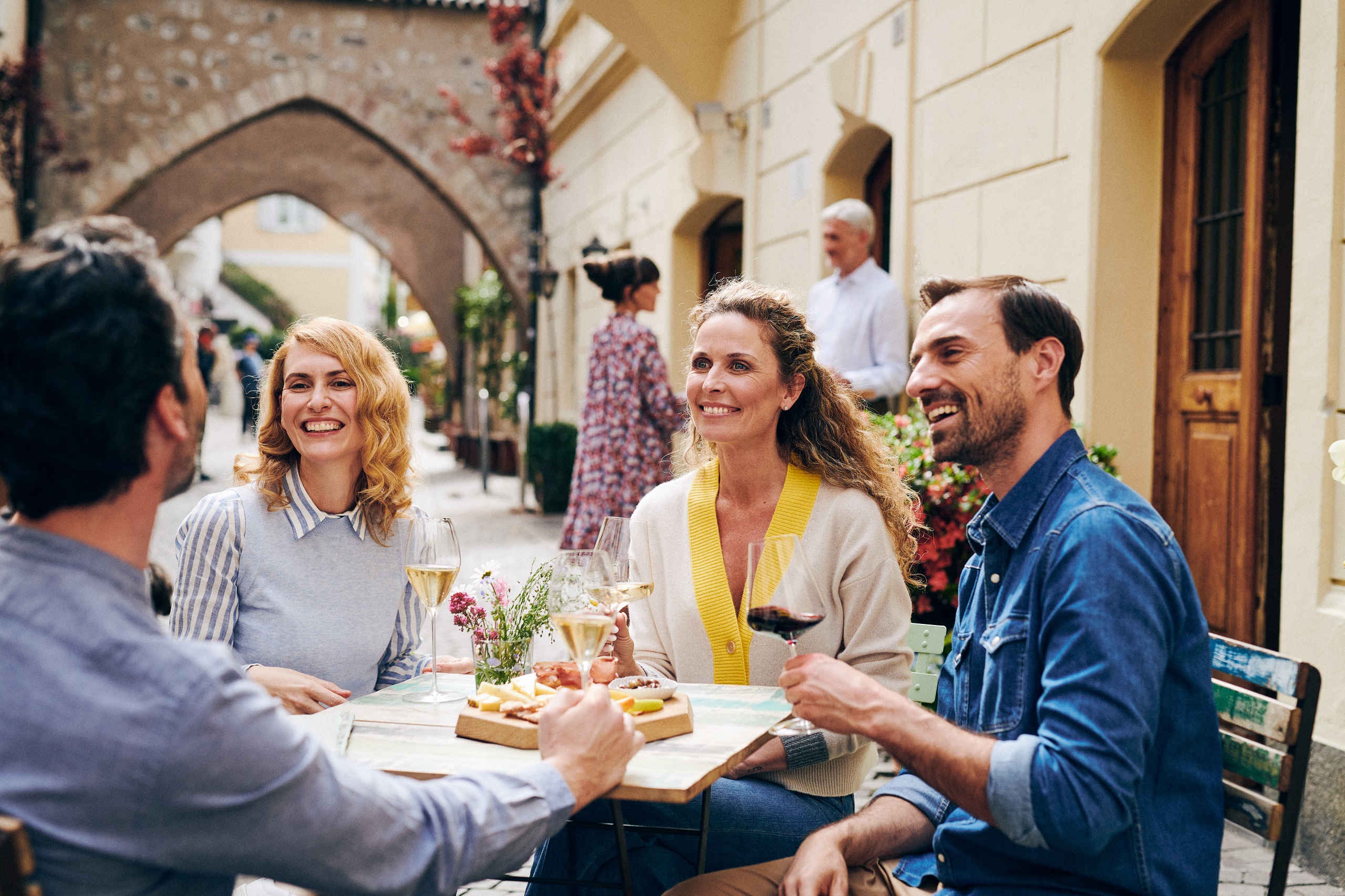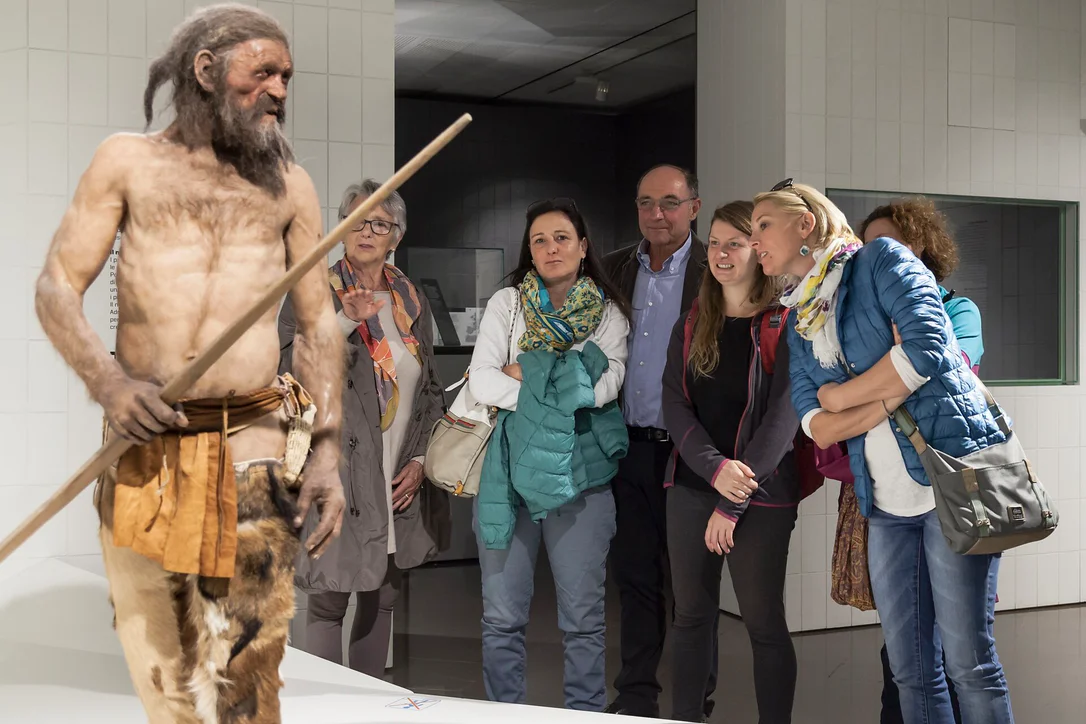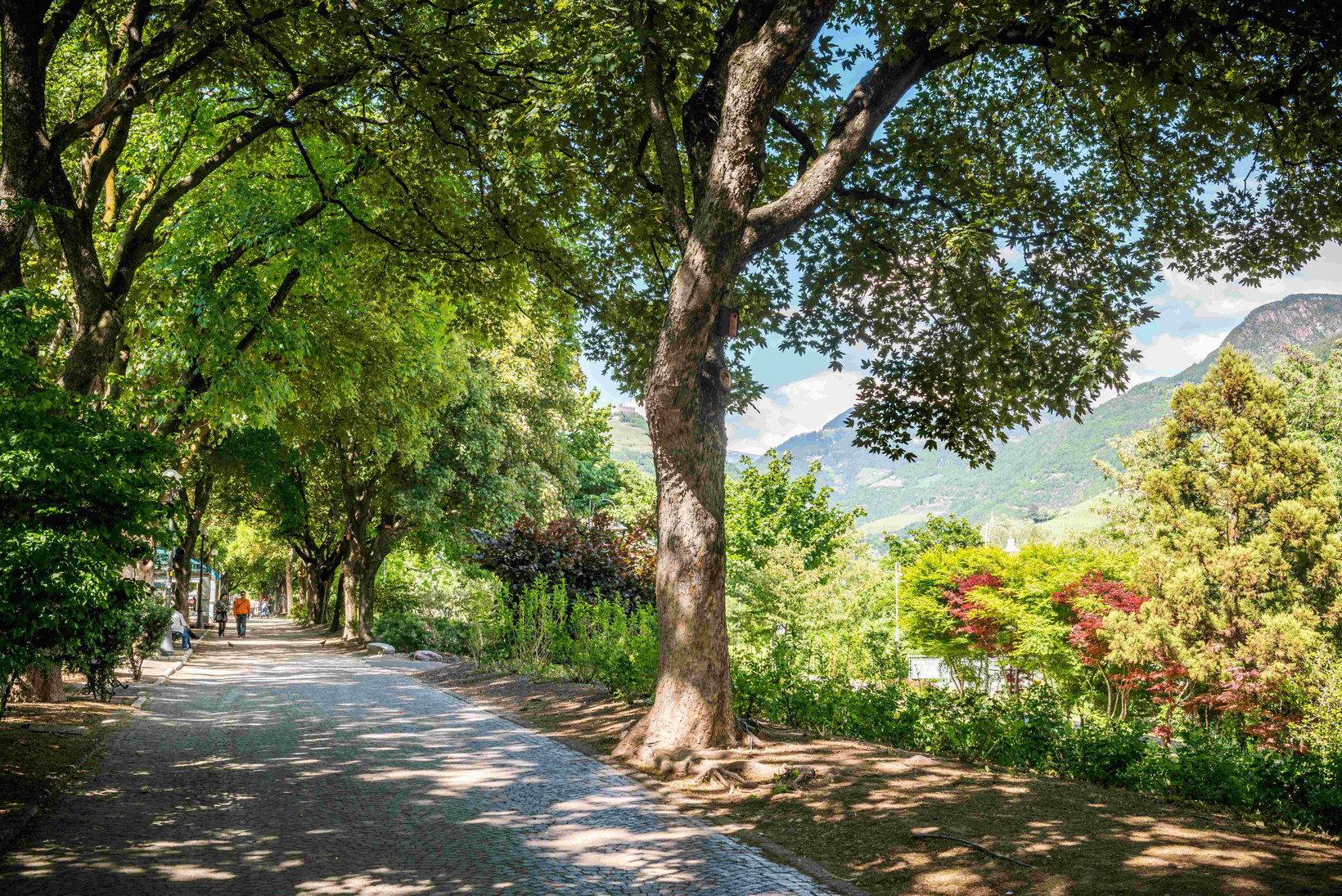South Tyrol's capital surprises
A cultural melting pot and small cosmopolitan city. It's the largest in South Tyrol, set In the heart of the region and at the crossroads of northern European and southern culture
Bolzano developed in the Middle Ages and has since become the ladmark of South Tyrol. It's the city where Italian and German languages blend most vibrantly. This unique fusion results in a fascinating mosaic, visible in traffic signage, culinary delights and the city historical and artistic attractions. Marvel at its impressive artistic and cultural treasures during your holiday in South Tyrol. The historic old town, particularly the bustling shopping area boasting fascinating porticoes, has served as a hub of commerce between Italy and Germany for centuries. Today, this area represents the vibrant heart of modern Bolzano, where the intersection of tradition and modernity continues to thrive.











